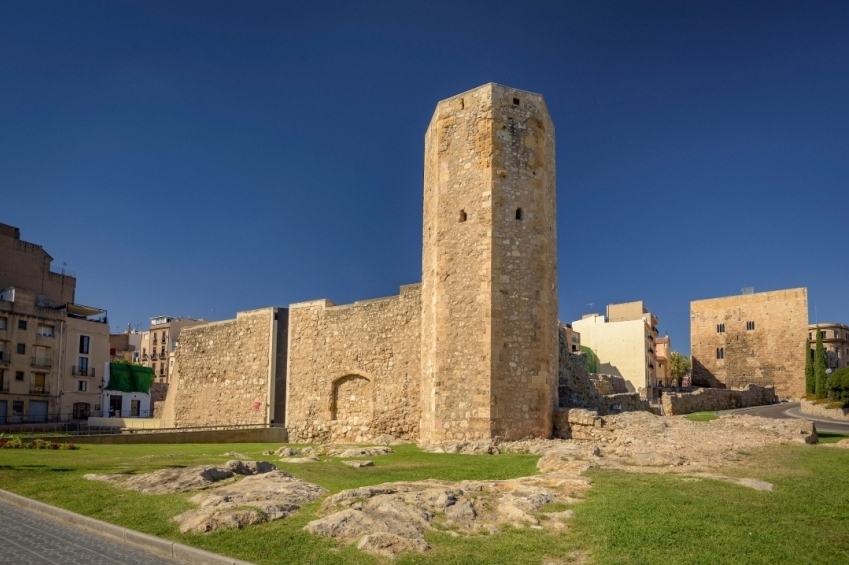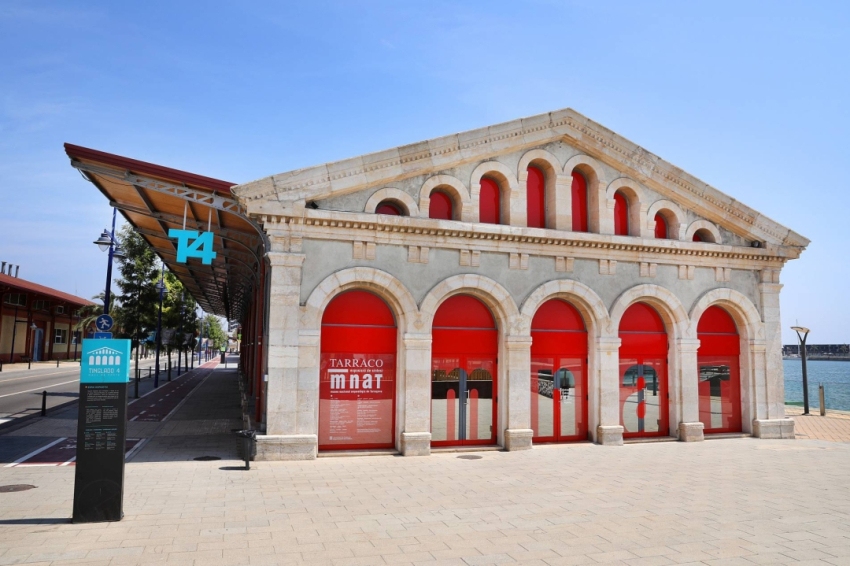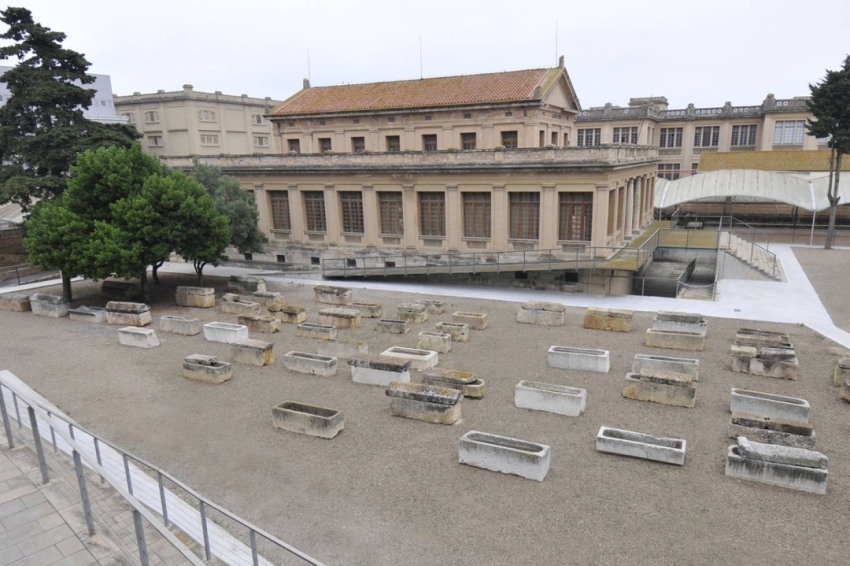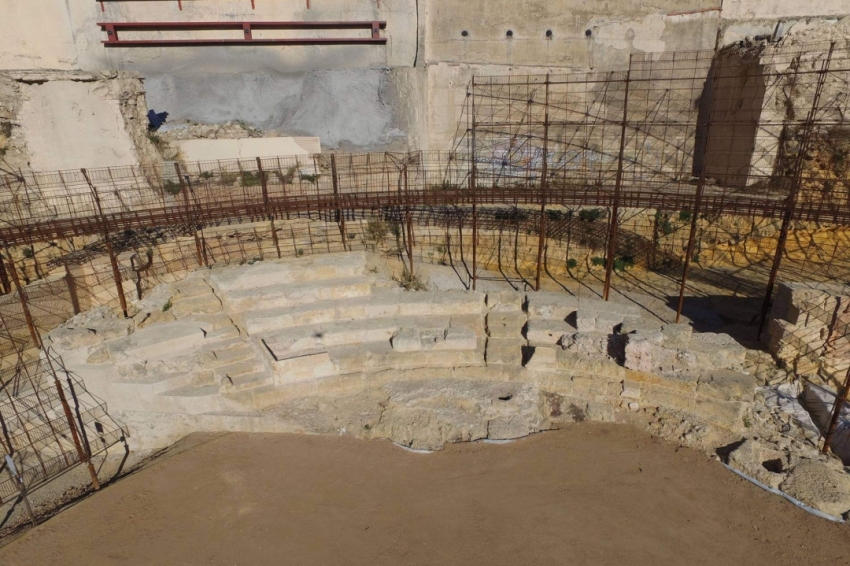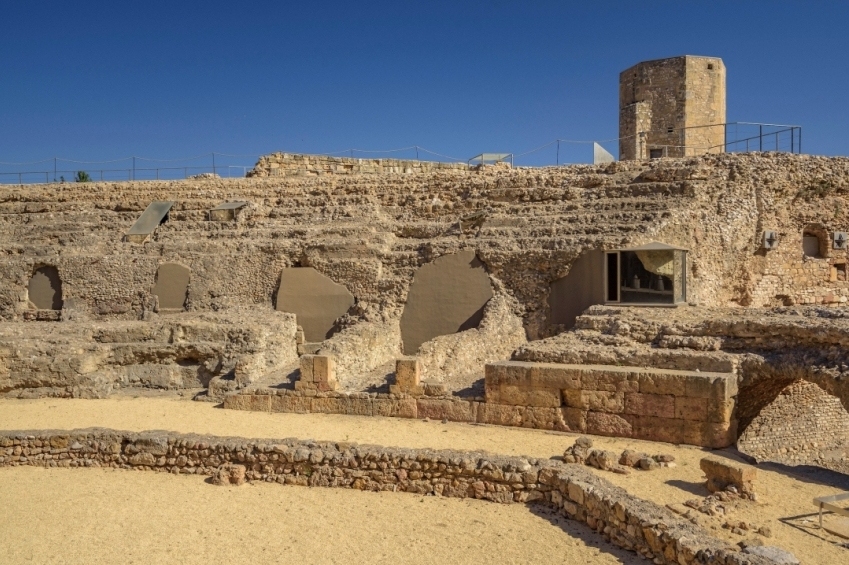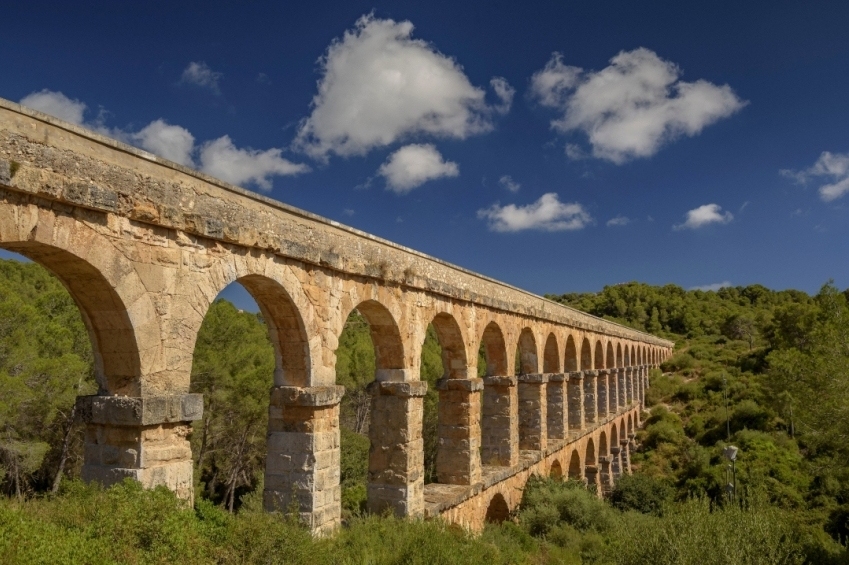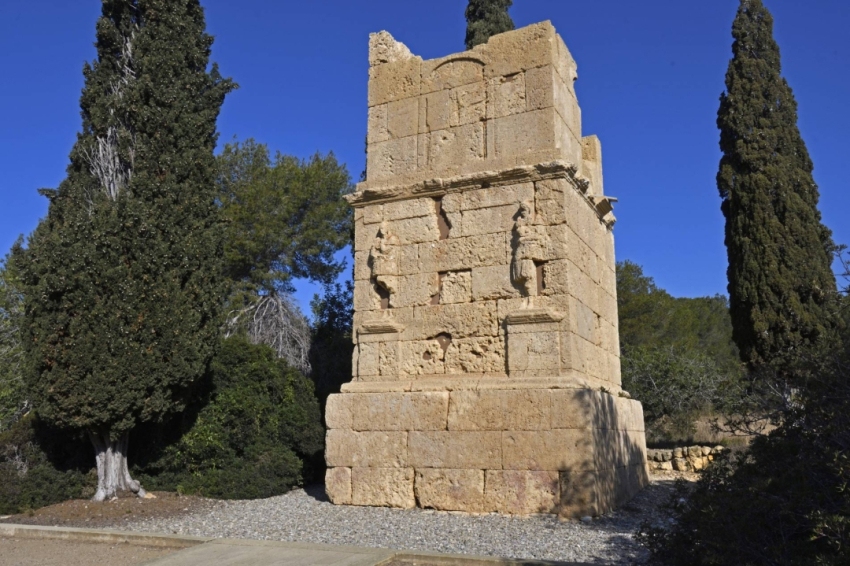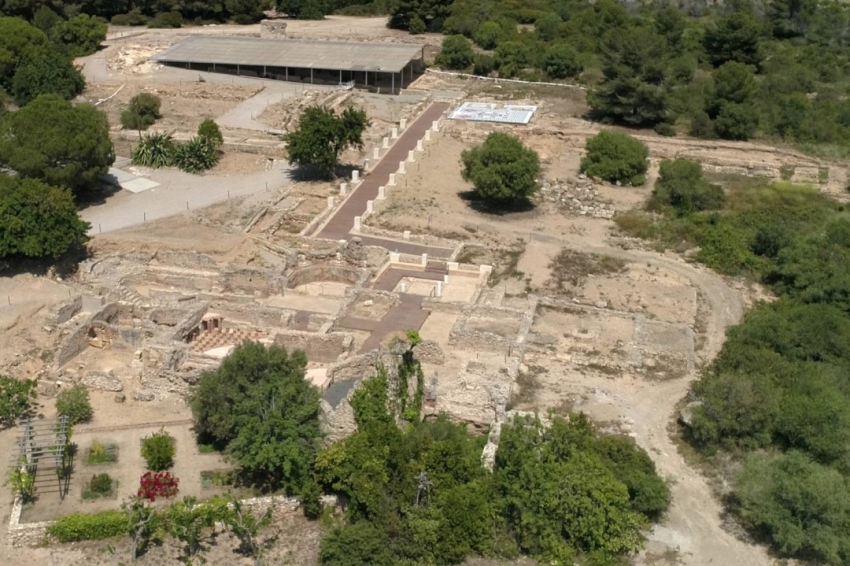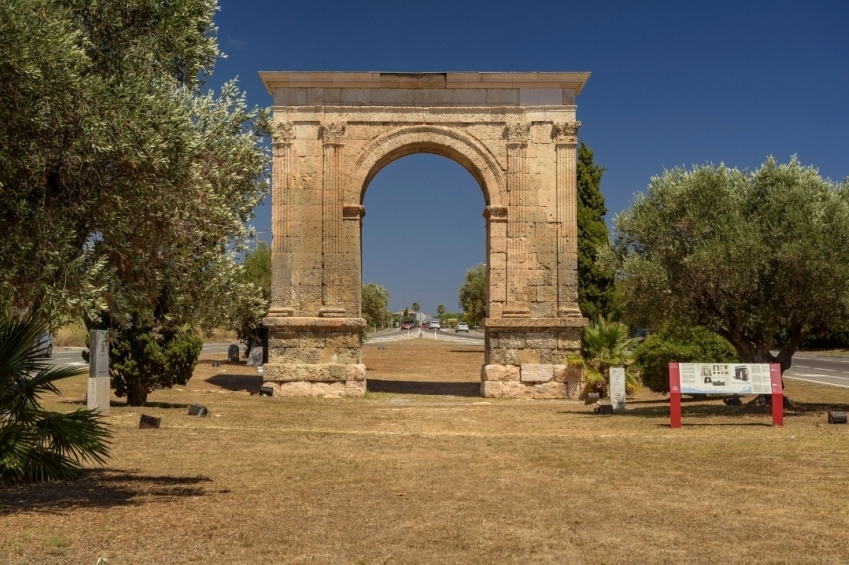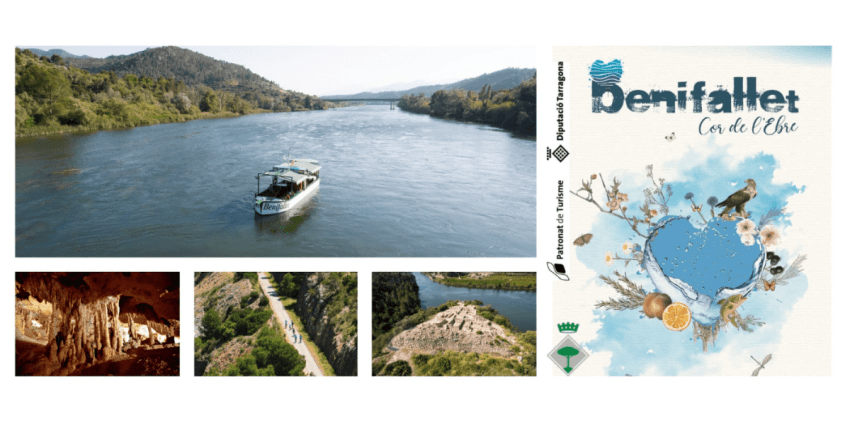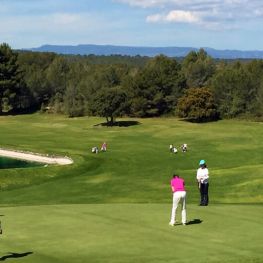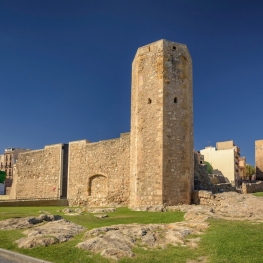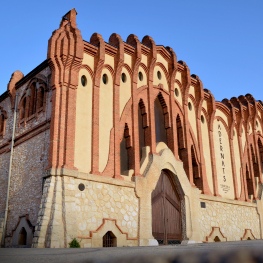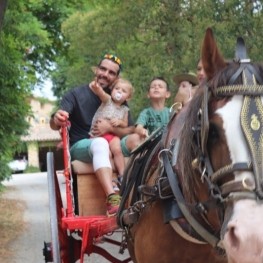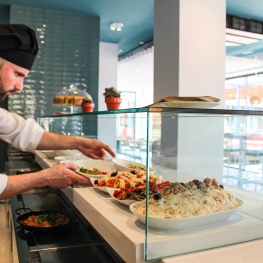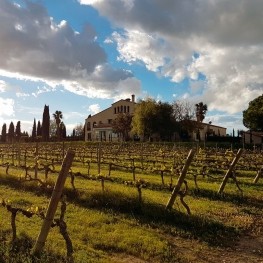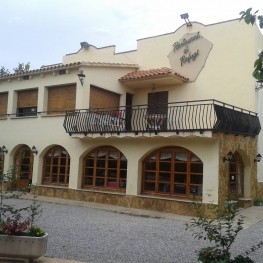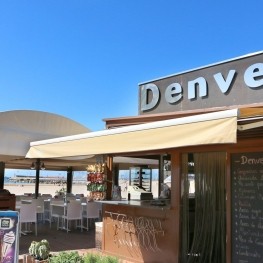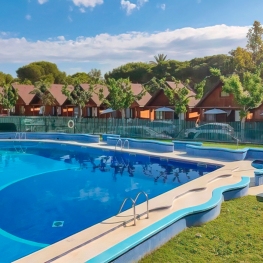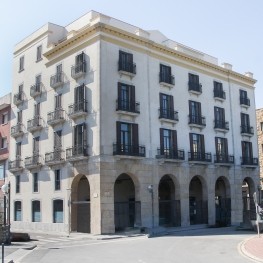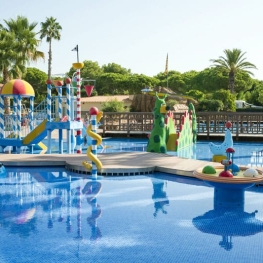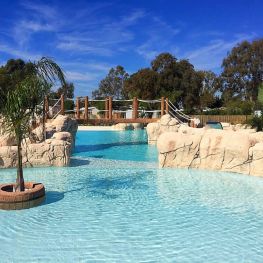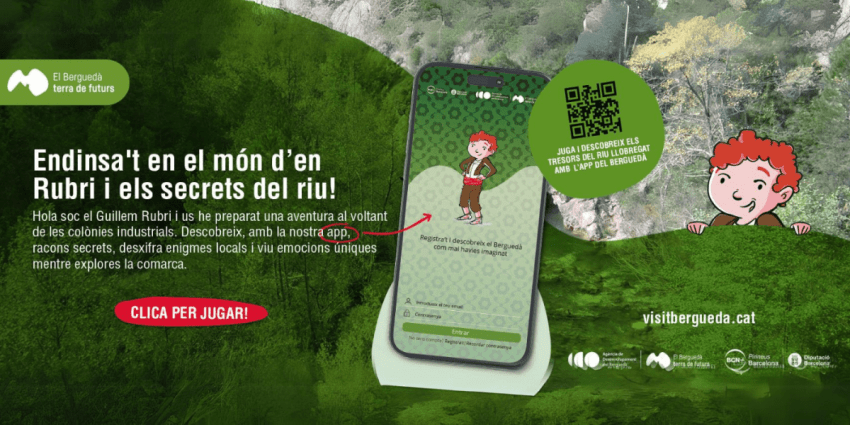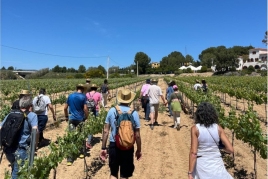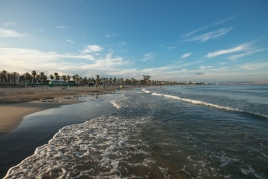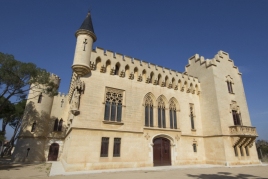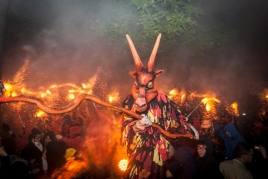Route of Tarraco, The footprint of Rome
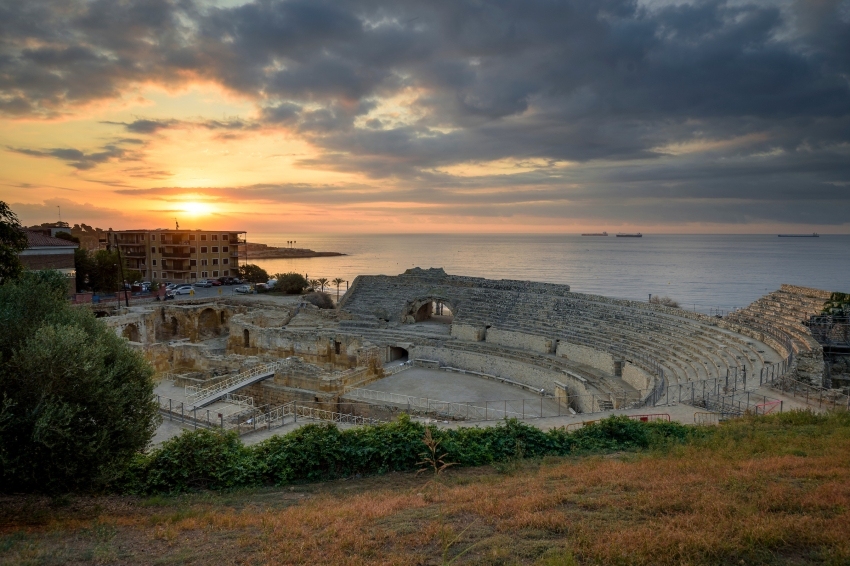
On this route we suggest you put on a tunic and take a horse-drawn chariot to enter Tarragona and let ourselves be carried away by the Roman legacy that is preserved. Some Roman remains that have survived over the years and that in 2000 UNESCO declared a World Heritage Site.
But after the Romans, many other cultures still had to set foot on this land, Visigoths, Muslims, Jews... All of them have left their mark in the form of language, culture or monuments; traits that we currently find perfectly integrated into the daily life of the people of Tarragona, and that we invite you to discover.
A bit of history: Hispania, the empire at the foot of Tarragona
In the first years before Christ, Tarragona began to experience a real revolution, it went from being a pre-Roman Iberian town ( Kesse or Tarakon according to the historian) to being occupied by the Romans ( Tarraco ), and being declared a military base, the first being of the Italian peninsula. From there the invasion and structuring of the entire empire of Hispania was promoted. Later Tarraco became the capital of Tarraconense, an area that occupied the entire current Iberian Peninsula except for the South of Portugal, Extremadura and Andalusia.
Five hundred years later, the achievements and majesty of Tarragona merged with the fall of the Roman Empire and the entry of the Visigoths who destroyed and burned the city as a symbol of strength and occupation.
Shed 4, Tarraco/MNAT Exhibition
We will start our route visiting Shed 4, where we will find the Tarraco/MNAT exhibition.
At present, in Shed 4 we find the most representative pieces of the MNAT, a synthesis that takes us into the Roman culture of the city and that shows us a brushstroke of the development of the capital of Hispania Citerior.
The Tarraco/MNAT exhibition is an exhibition within the reform project of the National Museum of Archeology of Tarragona that is part, at the same time, of the common project of the Generalitat of Catalonia and the Tarragona City Council to enhance the value of the Roman heritage of the city. A magnificent opportunity to learn about the history of Tarraco and its heritage.
Check here the activities and schedules to prepare your visit to Tinglado 4
Next, taking Ramon y Cajal avenue, as if we wanted to leave Tarragona, we will find the Paleochristian Necropolis, a cemetery and a set of funerary structures, dating from the middle of the 3rd century and perfectly suitable for visiting.
The Paleochristian Necropolis
Thanks to the Paleochristian Necropolis of Tarragona we can learn about the trades, beliefs, names and how long the people who lived there lived. Through death, the life of these people is suggested to us and we can understand what their world was like 1,500 years ago in Tarraco.
It is one of the best-known and best-preserved cemeteries from the late Roman period (3rd-5th centuries AD) of the Roman Empire, where you can see a part of the necropolis and some of the most outstanding pieces, such as the sepulchral rite of Optimus or the sarcophagus of the Lions, this gives us an unbeatable opportunity to understand what life was like in Roman times.
Check here the activities and schedules to prepare your visit to the Paleochristian Necropolis
If we move to the other side of the Rambla Nova, in Lleida street, we will find the Local Forum or the Colony, the religious and social center of the Roman city. The remains are among the oldest in Tarragona, dating back to 30 BC. Originally it was a wide covered square with the most important buildings around it, the religious, political and commercial area of the city. Currently only part of the Basilica remains, which housed the Court of Justice.
More information from the Local Forum.
Next it is interesting to see the Roman Theater, one of the most important constructions that symbolized the supremacy of the Roman city together with the Roman Amphitheater and the Roman Circus.
the roman theater
Built at the beginning of the 1st century AD. C., it was the first of the three great buildings for shows in the city: theatre, circus and amphitheatre. As a city made in the image of Rome, the theater is an essential element to understand the strong impact that the city had on the Roman Empire. Designated as the provincial capital in the time of Augustus, it favored the urban and economic growth of the city.
It is a semicircular building that took advantage of the natural slope of the land to support part of the stands. It had three different levels and could accommodate 6,000 spectators. In front was the stage, somewhat elevated. Behind the stage, a large wall with three doors allowed the entrance of the actors.
At the end of the 20th century, it was badly damaged due to the construction of various industrial facilities, but thanks to a citizen campaign, the project was stopped on time and it has now been remodeled and part of the volume of the stands of the old building has been restored. theater. Under prior reservation you can visit and contemplate the improvements made.
To get to know this space, free guided tours are held on Fridays. Make advance reservation.
Check here the activities and schedules to prepare your visit to the Roman Theater.
Continuing with the route in the old town, we find the Archaeological Walk and the Walls. The Wall is the oldest preserved Roman construction outside of Italy, it was built in the 2nd century BC and we can still see 1,100m of the original 3,500m that protected the city.
More information about the Paseo and the Walls.
Next, following the palm tree promenade, we find the Roman Circus dating from the 1st century. It is considered one of the best preserved in the West and has a unique structure since it was built inside the city. Horse races took place, the mass spectacle of the Roman world, which explains the large capacity of this venue: 30,000 spectators. Later it changed its use and during the 19th century other buildings were built inside.
More information about the Roman Circus.
Going towards the sea, in front of the Miracle beach, where the animals used to arrive and next to the Via Augusta, the entrance way to the city, we will find the Roman Amphitheater. It was built for gladiator fights and wild beast hunts, but it was also the setting for public executions. It had room for 14,000 people who were accommodated in the stands carved into the rock that can still be visited today.
More information about the Roman Amphitheater
Then we will go to see the remains of the Provincial Forum, located in the area near the Circus. The Provincial Forum was the political and administrative center of the province of Tarragona, built in the 1st century. The most outstanding remains are those of the Plaza del Pallol (door, vault and pilasters of the Old Beaterio) and, at the end of the Rambla Vella, the Praetorium (tower that allowed the passage from the lower city to the Provincial Forum), which connects through underground corridors with the Circus.
More information on the Provincial Forum.
Beyond the center of Tarragona, to which we can dedicate a whole day, we find a series of buildings, the furthest 20km from the city, which complete a weekend for the Roman legacy of the area.
If we take the N-240 road towards Constantí, 4 km from Tarragona we will find the Roman Vil·la de Centcelles.
Monumental complex of Centcelles
The Roman Vil·la Centcelles still hides many enigmas to be solved and continues to be the object of study by many specialists. When it was built? So that? What is the true meaning of the mosaic? Who resided?
The most outstanding rest that we find is a dome considered a key monument for the knowledge of paleochristian art, since it is covered with paintings and mosaics with hunting scenes and biblical representations.
The degree of conservation, the decoration and its forceful architecture make us relive the splendor that this monument must have had in the past.
Concerts and other activities are held throughout the year, and you can also take guided tours.
Check here the activities and schedules to prepare your visit to the Centcelles Monumental Complex.
Next, you must visit the Les Ferreres Aqueduct, popularly called the Devil's Bridge. Taking the N-240 road towards Lleida, this famous aqueduct, built to supply water from the Francolí, rises in the city of Tarragona. It is built with two rows of arches, a lower one of 11 and an upper one of 25 that allow the water to save the unevenness of the valley. It has a length of 217m and the maximum height is 27m.
More information on the Les Ferreres Aqueduct.
If we take the N-340 road towards Barcelona we will find the Tower of the Scipios, 6 km away, the most famous funerary monument in Tarragona, almost completely preserved.
Tower of the Scipios
The Romans were prohibited from cremating or burying the deceased within the city. For this reason, they always did it outside the wall and, normally, next to the tracks.
Initially it was thought that this monument was the sepulcher of the Scipio brothers, a fact that gave it its name. But research work carried out throughout the 20th century has refuted this erroneous interpretation. Studies have concluded that it was built at the beginning of the s. I d. C. and therefore cannot be the sepulcher of the brothers.
The Tower of the Scipios can be freely visited.
Continuing along the N-340 for less than 4 km we will find La Pedrera del Mèdol, which is easily accessible and freely accessible. It was a large quarry for the extraction of limestone, from the Clot del Mèdol 50,000 cubic meters were extracted. The Aguja de Mèdol stands out, a column more than 16 meters high that marks the original level of the rock before it began to be exploited.
More information about the Mèdol Quarry.
Following the same road, after 14 km we will find Altafulla, where the Roman Vil·la dels Munts is preserved.
Roman Villa of the Munts
We are in front of one of the best preserved aristocratic villas in Roman Hispania. Its owner, a senior member of the Tarraco administration, flaunted his wealth with murals, statues, mosaics, marble columns... which have largely been preserved to this day.
The first remains date from the 1st century AD, and changes were made until the 5th century, where the last reforms that ended up forming the late Roman and Visigothic villa, which was in use until the 7th century, are detected.
A house destined for the leisure and recreation of the elites of Tarraco and which, surely, played a key role in their social, political and economic relations.
Do not miss the itineraries and dramatized guided tours to discover the Villa.
Check here the activities and schedules to prepare your visit to the Roman Vil·la dels Munts.
Berà Arch
Finally, to finish this route, if we return to the N-340 to Roda de Berà, 20 km from the capital, we will see the Arco de Berà.
It is an arch dedicated to the Emperor Augustus, erected at the end of the 1st century BC, located on the Via Augusta as a reception in the city of Tarraco. Years ago the road passed through it, but it was moved so as not to damage the monument, which, except for some inscriptions, is preserved in its entirety.
We can freely visit the Arco de Berà, which is located on the same N-340 road.
More information about the Arco de Berà.
You may also be interested in: Tarraco, a trip to Roman times | The passage of the Roman Empire through Catalonia
What to do
Golf Costa Daurada
El Catllar (a 4.7 Km)The Golf Costa Dorada is an 18-hole-by-72 course that is perfectly integrated…
Descobreix Tarraco, L'empremta de Roma
TarragonaDiscover the archaeological complex of Tarraco, declared a World Heritage Site in…
Adernats - Vinicola de Nulles
Nulles (a 12.8 Km)Discover genuine wine tourism activities between Alt Camp vineyards and the Nulles…
Experiencies Rurals .com
Nulles (a 3.3 Km)Experienciesrurals.com offers routes, excursions and wine tasting by car around the Alt…
Where to eat
Arena Tapas Restaurant
Salou (a 10.9 Km)Enjoy an innovative cuisine, with high-quality local products of proximity, with an…
L'Orangerie de Clos Barenys
Vila-seca (a 11.7 Km)Under our fires we elaborate Mediterranean high gastronomy selecting the best products.…
Restaurant Denver Cambrils
Cambrils (a 15.7 Km)The history of the Denver begins many years ago, as many as…
Where to sleep
Càmping Arc de Barà
Roda de Berà (a 1.9 Km)Arc de Barà is a very family-friendly campsite 60 meters from the…
Càmping Stel
Roda de Berà (a 2.1 Km)Camping bungalow on the beach of the Costa Dorada, with modern facilities…
Gavina Camping Village
Creixell (a 3.5 Km)Welcome to Yelloh! Gavina village. Located on the seafront, on the Costa…

